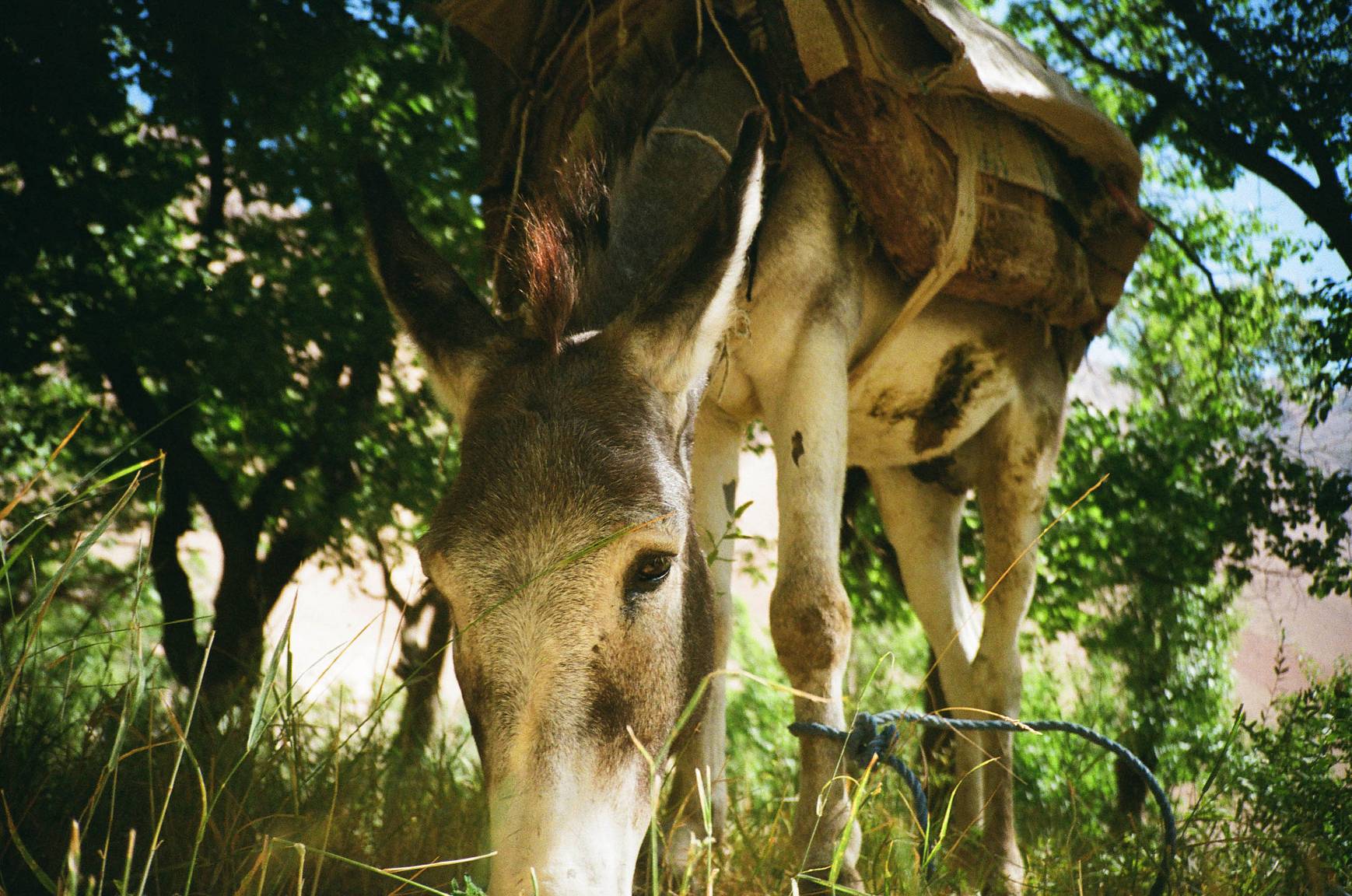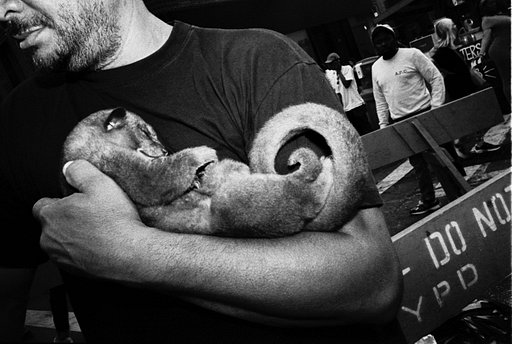Exploring Afghanistan on Film with Nick Curran and His Trusty LC-A+
4 19 Share TweetNYC-based videographer P. Nick Curran traveled to Afghanistan with the group Ishkar on a photo trip to experience the natural beauty of a country almost exclusively seen through the lens of conflict. Shooting with our LC-A+ and CN 400 film, he captured everything from the people to the landscape. Check out his photos here.
Hi! Introduce yourself to the Lomography community.
My name is Nick Curran and I’m a videographer living in Brooklyn, NY. I’ve shot with Lomo cameras for over ten years and right now, my go-to is my LC-A+, though I’ve always had at least one Holga laying around. I also have a FED 2 rangefinder and an assortment of Soviet Era cameras, which I love; there are so many weird ones out there and they all have interesting, if not sordid, histories.
What is this project about? How did you come up with the concept?
I’ve wanted to travel to Afghanistan for over a decade. The country is, I think, peripheral to day to day life in the U.S. and it was really important for me to see it for myself. This trip was specifically a photography workshop in Bamyan province in Afghanistan with the photojournalist Andrew Quilty, organized by the group Ishkar (Ishkar began by offering high-end craftsmanship from master craftsman in countries at war and has only just recently begun organizing trips to those same places.)
Bamyan is about 100 miles west of the capital Kabul and is known as one of the safest and most stable regions in the country. So the concept itself was guided by the workshop, which was largely based on the natural beauty of the province and the seeming abundance of ancient city ruins, cave networks and monuments (as well as the sprawling, absolutely stunning Band-e Amir national park, which was the first national park in Afghanistan and is shown in a bunch of these photos).
What was the execution of this project like? Tell us about your experience while shooting these photos.
Some of the landscapes that I was presented with were, at times, so outside of my frame of reference for what anything could look like that it was difficult to decide what to shoot and then, how to shoot it. For example, the Bamiyan buddha niches are a network of 1500-year-old caves that were carved into the 2000 foot sandstone cliffs, from the top down. And until 2001, the niches held the largest standing statues of Buddha in the world (until the Taliban rolled a tank into town and destroyed them). Just that sentence alone has so much history packed into it and this was only one place and one image. People were also generally super open to having their photograph taken. And it often happened where someone would see my camera, walk up and ask to have their photo taken.
Pick a photo and tell us the story behind it.
The Afghan presidential elections were originally scheduled for this past summer, kept getting pushed back and ultimately wound up happening a day after we left the country. So, I was there in the week preceding the election. Both frontrunners understood Bamiyan as a safe bet to campaign and both held impromptu campaign events in the immediate area around Bamiyan Town. One of the candidates essentially commandeered all of the flights in our part of the country, which caused us to miss our flights to Kabul and left us in Bamiyan an additional day. I went for a hike up a different trail of the buddhas, past an outdoor event space for Abdullah Abdullah’s rally and to the top of the cliffs. And at the top of the cliff, along an adjoining plateau, right at dusk, all these kids were having a soccer match in what looked and felt like the absolute middle of nowhere, with lines drawn in the sand to mark boundaries and rocks set for goals. They were kind enough to let me photograph the remainder of their match.
Why was it important for you to photograph this series on film?
I bring my LC-A+ with me everywhere. It’s always in my kit bag and it’s always the first thing I pack when I’m traveling. It’s small, it’s durable, it’s super inconspicuous, it’s really easy to shoot from the hip and you can get a great frame in just reacting to a moment. I almost decided on Lomo CN 100, but ultimately chose the 400-speed film. Paired with the LCA (no manual controls), the 100 might have been too slow for dawn and dusk, which is when I spent a lot of time shooting. And while the 400 was still a little on the hot side during peak daylight, nothing was ever blown out or lost and I’ll say that most of what I shot came out the way I expected or wanted.
What is coming up for you? Do you plan on continuing this project or starting something new?
This project was definitely a specific time and place but I absolutely intend on returning, I just have to figure out how and why. I’m otherwise working on a music movie about my friend Naeem which I’ll hopefully have done sometime next year.
For more of Nick's work, check out his Instagram and production company.










































4 Comments